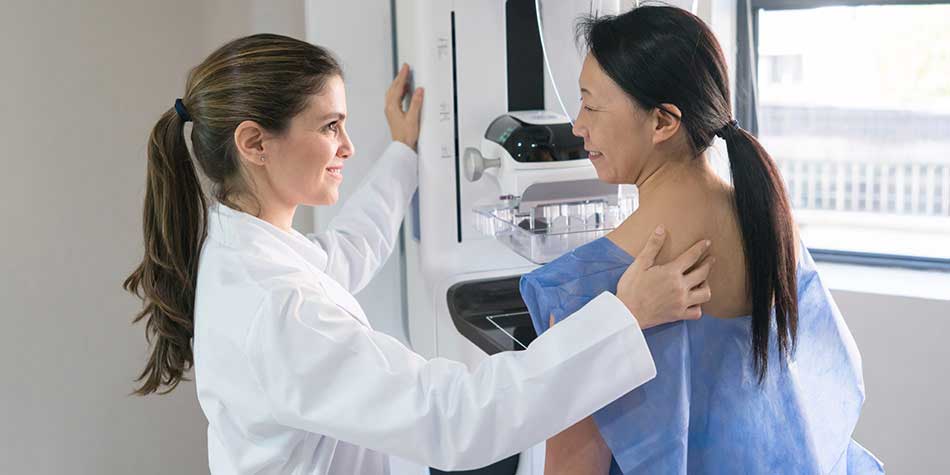
[October 21st] is National Mammography Day, an important day to learn about the benefits of regular mammograms, and also understand the difference between mammograms and other types of diagnostic tests such as an MRI.
Over the past 10 years, there have been dramatic improvements in breast imaging and in the accuracy of breast cancer diagnosis. This began with the adoption of digital mammography, and continues now with the evolution into digital breast tomosynthesis (3D mammography), said Harvey M. Goldstein, MD, diagnostic radiology specialist with South Texas Radiology Group, P.A., working with South Texas Radiology Imaging Centers and Methodist Healthcare, a Sarah Cannon partner. In addition, continued upgrades in the quality of adjunctive imaging procedures especially ultrasonography and breast MRI have further enhanced diagnosis and staging of breast neoplasms.
What's the difference between a mammogram and an MRI?
A mammogram is an X-ray of the breast. A screening mammogram is used to look for signs of breast cancer in women who don't have any symptoms, taking images from two different angles. A diagnostic mammogram is usually used as a follow-up to a screening mammogram and takes additional photos to determine exactly if and where breast cancer may be present.
A breast MRI, on the other hand, is like an MRI for any other body part: a patient lies down, stays extremely still and is slid into a machine for images to be taken using magnetic fields.
What is the purpose of these tests?
The purpose of both an MRI and a mammogram is to look for possible breast tumors that could be cancerous.
What are the pros and cons to each testing method?
A mammogram can sometimes have difficulty definitively capturing tumors in dense breast tissue. A breast MRI is able to see through dense breast tissue better, and can therefore be helpful in determining breast cancer at an earlier stage for women with dense breast tissue.
One of the biggest issues with breast MRIs is that it is difficult to determine between benign (non-cancerous) and malignant (cancerous) tumors, and can result in false positive results. When a false positive diagnosis is given it requires the patient to complete further testing and biopsies.
Talk with your doctor about the best screening plan for you.
Sarah Cannon recommends that an annual mammogram screening for women ages 40-74 should be a routine care consideration. A woman's decision to undergo screening should be made in consultation with her physician. Patients who are considered high-risk should consult their physician on when to begin screening.
Harvey M. Goldstein, MD
Diagnostic Radiology Specialist with South Texas Radiology Group
$webqFacilityNumber
Need a Physician?